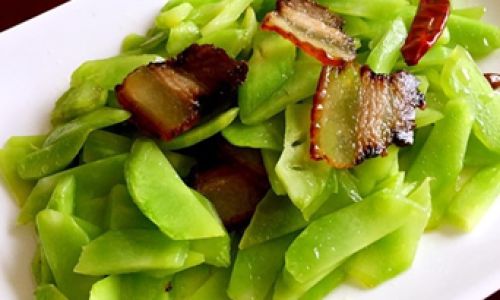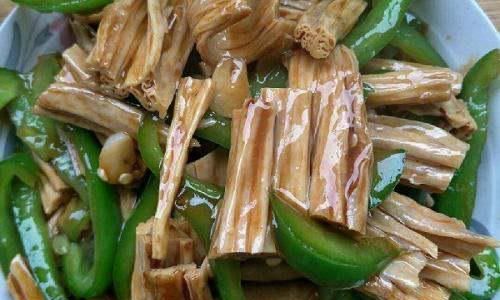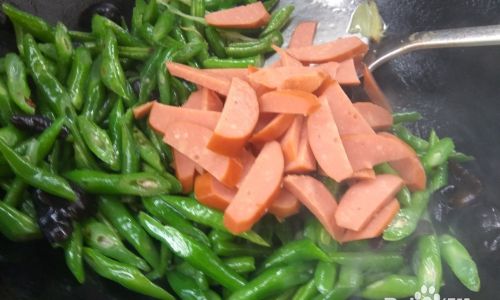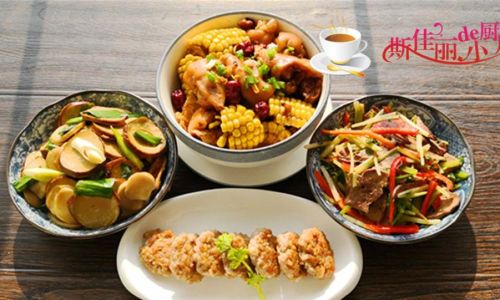Cooking at home doesn’t have to be a mundane task reserved solely for survival. With the right techniques, ingredients, and a bit of creativity, you can transform your kitchen into a culinary haven where delicious home-cooked dishes are the norm. Whether you’re a seasoned chef or a novice cook, there’s always room to enhance your skills and elevate your meals. This guide will walk you through the essentials of making mouthwatering, homemade meals that will leave your family and friends asking for seconds.
Understanding the Basics: Fundamental Cooking Techniques
Before diving into complex recipes, it’s crucial to master the fundamental cooking techniques. These are the building blocks that form the backbone of every dish.

a. Sautéing and Stir-Frying
Sautéing and stir-frying are quick-cooking methods that use high heat and a small amount of oil. They’re perfect for vegetables, meats, and seafood, as they help retain the food’s natural flavors and textures.
-
Sautéing: Use a heavy-bottomed pan to ensure even heat distribution. Preheat the pan over medium-high heat, add a tablespoon of oil, and let it get hot before adding your ingredients. Avoid overcrowding the pan, as this will reduce the temperature and steam the food rather than sauté it.
-
Stir-Frying: Similar to sautéing but typically done in a wok. Preheat the wok over high heat, add oil, and swirl it around to coat the sides. Add your ingredients in stages, stirring constantly to prevent sticking and ensure even cooking.
b. Roasting and Baking
Roasting and baking involve cooking food in an oven, usually at moderate to high temperatures. These methods are ideal for meats, vegetables, and baked goods.
-
Roasting: Often used for larger cuts of meat or vegetables. Preheat your oven to the desired temperature, place the food on a rack or in a roasting pan, and cook until it reaches the desired doneness. Use a meat thermometer for accuracy.
-
Baking: Suitable for cakes, cookies, breads, and some vegetables. Preheat the oven, prepare your batter or arrange your ingredients in a baking dish, and bake until golden brown or cooked through.
c. Boiling and Simmering
Boiling and simmering are wet-cooking methods that use water or broth. They’re excellent for cooking pasta, vegetables, and soups.
-
Boiling: Bring a pot of water or broth to a rolling boil before adding your ingredients. Boiling is rapid and intense, suitable for blanching vegetables or cooking pasta.
-
Simmering: Reduce the heat after boiling and let the liquid bubble gently. Simmering is gentler and slower, ideal for extracting flavors from ingredients and creating rich, flavorful broths and soups.
d. Grilling and Barbecuing

Grilling and barbecuing involve cooking food over an open flame or on a heated grill surface. They add a smoky, charred flavor that’s irresistible.
-
Grilling: Preheat your grill to medium-high heat. Oil the grates to prevent sticking, and place your food on the grill. Turn occasionally until cooked to your liking.
-
Barbecuing: Similar to grilling but often involves indirect heat and the use of wood chips or charcoal for added flavor. Slow-cooking meats over indirect heat allows them to absorb the smoky aroma and develop a tender texture.
Ingredient Selection: Freshness and Quality Matter
The quality of your ingredients directly impacts the taste of your dishes. Here are some tips for selecting the best ingredients.
a. Fresh Produce
-
Vegetables and Fruits: Choose produce that’s vibrant in color, firm to the touch, and free from bruises or mold. Seasonal produce is often fresher and more flavorful.
-
Herbs and Spices: Buy whole spices and grind them yourself for maximum freshness. Fresh herbs should be vibrant and have a strong aroma. Store them properly—in the fridge for a few days or dried for longer storage.
b. Meats and Seafood
-
Meat: Look for meat that’s well-marbled (for beef and pork) and has a firm texture. Avoid meat that’s slimy or has a strong odor.
-
Poultry: Choose birds with firm, moist flesh and a clean smell. Fresh poultry should have a pinkish hue, not gray.
-
Seafood: Opt for fish that has firm flesh, clear eyes, and red gills. Shellfish should be alive and moving if possible.
c. Pantry Staples
-
Oils and Vinegars: Use high-quality oils like extra virgin olive oil and balsamic vinegar for best results. Store them in cool, dark places to preserve their flavors.

-
Grains and Pasta: Buy whole grains and whole wheat pasta for added nutrition. Check for expiration dates and store them in airtight containers.
-
Canned Goods: Opt for low-sodium and organic options when possible. Check for dents or rust on cans before purchasing.
Seasoning and Flavor Building
Seasoning is the art of enhancing the natural flavors of your ingredients. Here’s how to do it effectively.
a. Salt and Pepper: The Foundation
- Salt and pepper are the cornerstone of seasoning. Use kosher or sea salt for general cooking and fine sea salt for baking. Freshly ground black pepper adds a burst of flavor.
b. Herbs and Spices: Adding Complexity
- Experiment with different herbs and spices to create layered flavors. For example, rosemary pairs well with red meats, while cilantro complements seafood and Mexican dishes.
c. Acidity and Sweetness: Balancing Act
- Acidity (from lemon juice, vinegar, or tomatoes) and sweetness (from honey, sugar, or fruit) balance each other out, creating a harmonious dish. Use them sparingly and taste frequently to adjust.
d. Aromatics: Building a Base
- Aromatics like onions, garlic, and shallots form the foundation of many dishes. Sauté them slowly until they’re translucent and fragrant before adding other ingredients.
e. Finishing Touches
- Don’t overlook the power of finishing touches like fresh herbs, a squeeze of lemon, or a drizzle of olive oil. These can elevate a dish from good to great.
Knife Skills and Food Preparation
Sharp knives and proper technique are essential for efficient and safe food preparation.
a. Choosing the Right Knife
- Invest in a good-quality chef’s knife, paring knife, and serrated knife. Keep them sharp using a honing steel or sharpening stone.
b. Proper Technique
- Use a stable cutting surface and curl your fingers under to protect them. Cut with a rocking motion for vegetables and a straight, downward motion for meats.
c. Knife Safety
- Never leave knives lying around unattended. Keep them in a knife block or on a magnetic strip. Always cut away from your body and use a cutting board that won’t slip.
Presentation: Making a Meal Look as Good as It Tastes
Presentation is often the first thing people notice about a dish. Here’s how to make your meals visually appealing.

a. Color Contrast
- Use a variety of colors to create visual interest. For example, pair green vegetables with red tomatoes and yellow bell peppers.
b. Plate Design
- Don’t overcrowd your plate. Leave some negative space and arrange ingredients in a visually pleasing way. Use sauces and garnishes to add texture and color.
c. Tools and Techniques
- Invest in a few basic tools like tongs, ladles, and pastry brushes. Use molds and cutters for uniform shapes and sizes.
Experimentation and Creativity
The best cooks are those who aren’t afraid to experiment. Here’s how to embrace creativity in your cooking.
a. Try New Ingredients
- Visit farmers’ markets and specialty stores to discover new ingredients. Incorporate them into your recipes to keep things fresh.
b. Adapt Recipes
- Don’t be afraid to tweak recipes to your taste. Add or subtract ingredients, change cooking methods, or substitute similar items when necessary.
c. Fusion Cooking
- Combine culinary traditions to create unique dishes. For example, try making a Thai-inspired stir-fry with Italian pasta.
d. Document Your Journey
- Keep a cooking journal to track your recipes, successes, and failures. This will help you learn and grow as a cook.
Conclusion: The Joy of Home Cooking
Cooking at home is more than just a way to feed yourself; it’s an opportunity to express creativity, nurture loved ones, and enjoy the simple pleasures of life. By mastering fundamental techniques, selecting high-quality ingredients, seasoning thoughtfully, preparing food with care, and embracing experimentation, you can turn everyday meals into extraordinary experiences.




0 comments